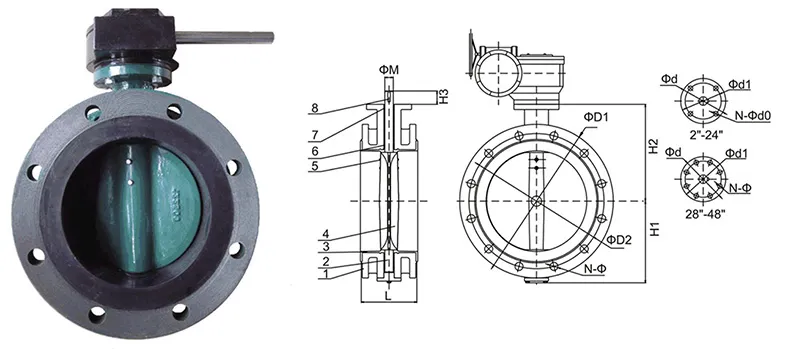10 月 . 06, 2024 03:36 Back to list
foot valve
Understanding Foot Valves Essential Components in Fluid Management
In the realm of fluid mechanics and management, foot valves play a crucial role in ensuring efficient operations. These one-way valves are positioned at the bottom of suction lines, primarily in pumps, to manage the flow of liquids. Their primary function is to maintain the prime of pumps, ensuring the system operates effectively without delays or interruptions.
What is a Foot Valve?
A foot valve can be defined as a type of check valve. It is typically submerged in water or any fluid and prevents backflow. When the pump is turned off, the foot valve's design ensures that water does not flow back down the suction line into the source, which could lead to air entering the system. By keeping the line filled with liquid, foot valves help maintain pump efficiency, minimizing the need for re-priming, which can be a cumbersome process.
How Foot Valves Work
Foot valves are equipped with a strainer, preventing larger particles and debris from entering the pump. This is essential as contamination can lead to pump failure or inefficiency. The working of a foot valve is relatively simple; when the pump operates, the pressure of the fluid opens the valve, allowing fluid to flow into the pump. Conversely, when the pump stops, the foot valve closes due to gravitational force or spring assistance, effectively sealing the line against backflow.
Importance in Various Applications
foot valve

Foot valves are integral in a variety of applications, including irrigation systems, water supply networks, and industrial operations. In agricultural settings, for example, irrigation pumps rely heavily on foot valves to maintain water supply and efficiency. Without a functional foot valve, these systems would suffer from air lock problems, leading to significant downtime and loss of productivity.
In industrial applications, the continuous flow of liquids is critical. Foot valves help prevent issues such as vapor lock and cavitation, both of which can seriously affect pump performance. By ensuring a constant liquid column in pump systems, foot valves contribute to smoother operations and better overall equipment life.
Choosing the Right Foot Valve
Selecting the right foot valve is vital to ensure compatibility with the specific application. Factors to consider include the size of the valve, the type of construction materials suitable for the fluid being pumped, and the pressure requirements. Common materials for foot valves include brass, stainless steel, and plastic, each offering different benefits based on their applications.
Maintenance is another critical aspect of foot valve performance. Regular inspections should be conducted to ensure that the strainer is clean and clear of debris, and that the valve is functioning correctly. Neglecting maintenance can lead to reduced performance and system failures, ultimately costing time and money.
Conclusion
In conclusion, foot valves are essential components in the field of fluid management. They ensure the efficient operation of pumps by preventing backflow and maintaining system pressure. Understanding their functionality, applications, and maintenance needs is crucial for anyone involved in plumbing, irrigation, and industrial fluid management. By choosing the right foot valve and maintaining it properly, operators can ensure the longevity and efficiency of their pumping systems, leading to reliable performance over time.
Share
-
Understanding the Differences Between Wafer Type Butterfly Valve and Lugged Butterfly ValveNewsOct.25,2024
-
The Efficiency of Wafer Type Butterfly Valve and Lugged Butterfly ValveNewsOct.25,2024
-
The Ultimate Guide to Industrial Swing Check Valve: Performance, Installation, and MaintenanceNewsOct.25,2024
-
Superior Performance with Industrial Swing Check Valve: The Essential Valve for Any SystemNewsOct.25,2024
-
Industrial Swing Check Valve: The Ideal Solution for Flow ControlNewsOct.25,2024
-
You Need to Know About Industrial Swing Check Valve: Functionality, Scope, and PerformanceNewsOct.25,2024